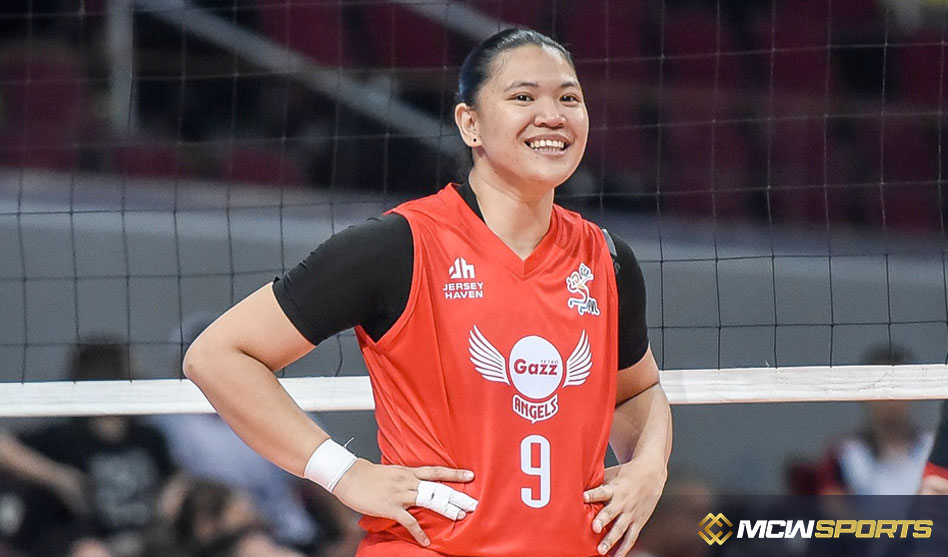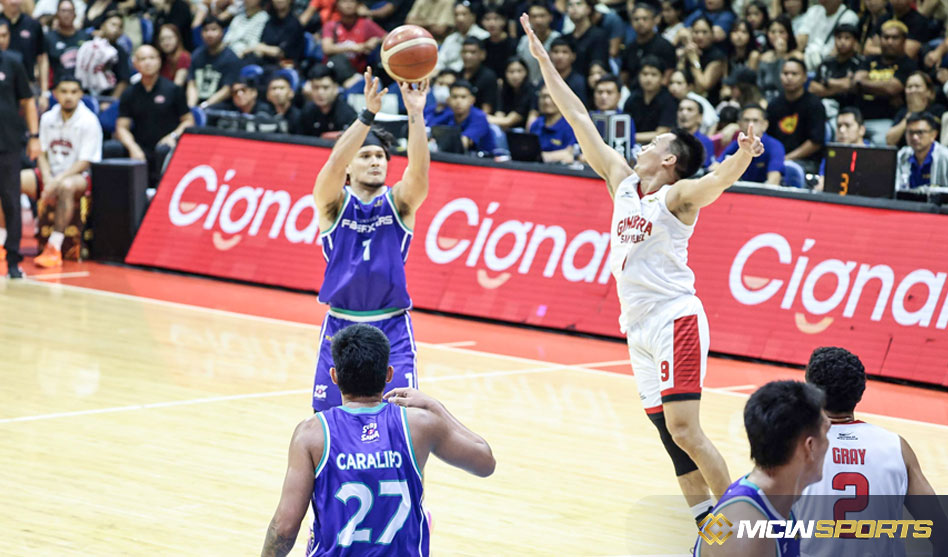The sounds of aircraft engines may almost drown out the applause when the Brooklyn Nets eventually make it back to their home floor. In what is arguably the most ambitious travel schedule in NBA history, the Nets will be traveling all over the world for the 2017 season, taking on a demanding journey that crosses continents and difficulties.
The numbers behind the scenes are astounding. The Nets are already one of the league’s most traveled teams, with a stringent regular-season schedule that includes nearly 40,700 miles. But that number soars to a record-breaking 57,500 miles when you add in three overseas preseason games—two in China and one in Toronto. The mileage ahead is a test of endurance more than just numbers for a team that takes pride in its youthful enthusiasm and athleticism.
This increased demand for travel is specific to Brooklyn’s next campaign. Few teams put up with the year-to-year grind as much as they do, especially when they travel continents before the season even starts. The journey to the Far East is physically taxing and not merely a media spectacle. Before the ball even flies over the first official tip-off, time zone changes, lengthy trips, and changed sleep cycles will all be factors.
Managing performance in the face of constant movement is the true problem. The demands of an NBA schedule, like fatigue, never sleep. According to studies, long-distance or frequent travel can cause weariness, disturbed circadian rhythms, and poor sleep, all of which impair sports performance and increase the risk of injury.
How will the Nets handle this, then?
The club’s management has already added youth and endurance to the roster. With new legs and robust bodies, the travel fatigue that would cripple veteran-led squads may be absorbed more easily. Rotation techniques will be essential; energy conservation with deep benches and load control may be crucial.
The focus will also be on logistical planning. In order to help athletes reset and recalibrate between continents, training personnel must quickly coordinate recovery measures, such as compression exercises, light therapy, sleep aids, and customized nutrition. Sharp and spent could be distinguished by even little modifications, such as regular hydration or customized rest areas.
More than anything else, the Nets’ schedule highlights how sport and entertainment are increasingly overlapping. The NBA brand is promoted globally with global preseason stops, but the players’ bodies are also made into commodities. Global outreach is a two-edged sword that requires both accountability and care.
However, this story has an upside: opportunity. Franchise visibility, talent appeal, and sponsorship reach could all be increased by exposure in important international markets. Immersion in a new culture may help younger Nets players develop just as much as any on-court success. Traveling the world might be more than just a marketing tool for a reconstruction in progress; it could help define Brooklyn’s identity for the coming generation.
The club still needs to figure out how to maintain its advantage while moving. Traveling abroad adds an element of uncertainty to regular-season miles, which are tedious. Cohesion is threatened by sleep debt, altered circadian rhythms, and shortened recovery times.
However, Brooklyn’s subtext is resilience. With its young players unencumbered by years of experience, the squad starts the season as one of the youngest in the league. They have experience navigating chaos and are quick and flexible. Though maybe appropriate for a Nets team on the rise, what lies next may be unprecedented.
The stakes are obvious in the end. Travel will become a challenge for the NBA’s most-traveled squad. In this environment, winning calls for more than just skill on the court; it also calls for preparation, recuperation, and mental toughness. Every aircraft and time zone is now included in the game for the Nets.
Greetings from the 2025–2026 season. The Nets are traveling the world to get there, not simply chasing victories.

 English
English










